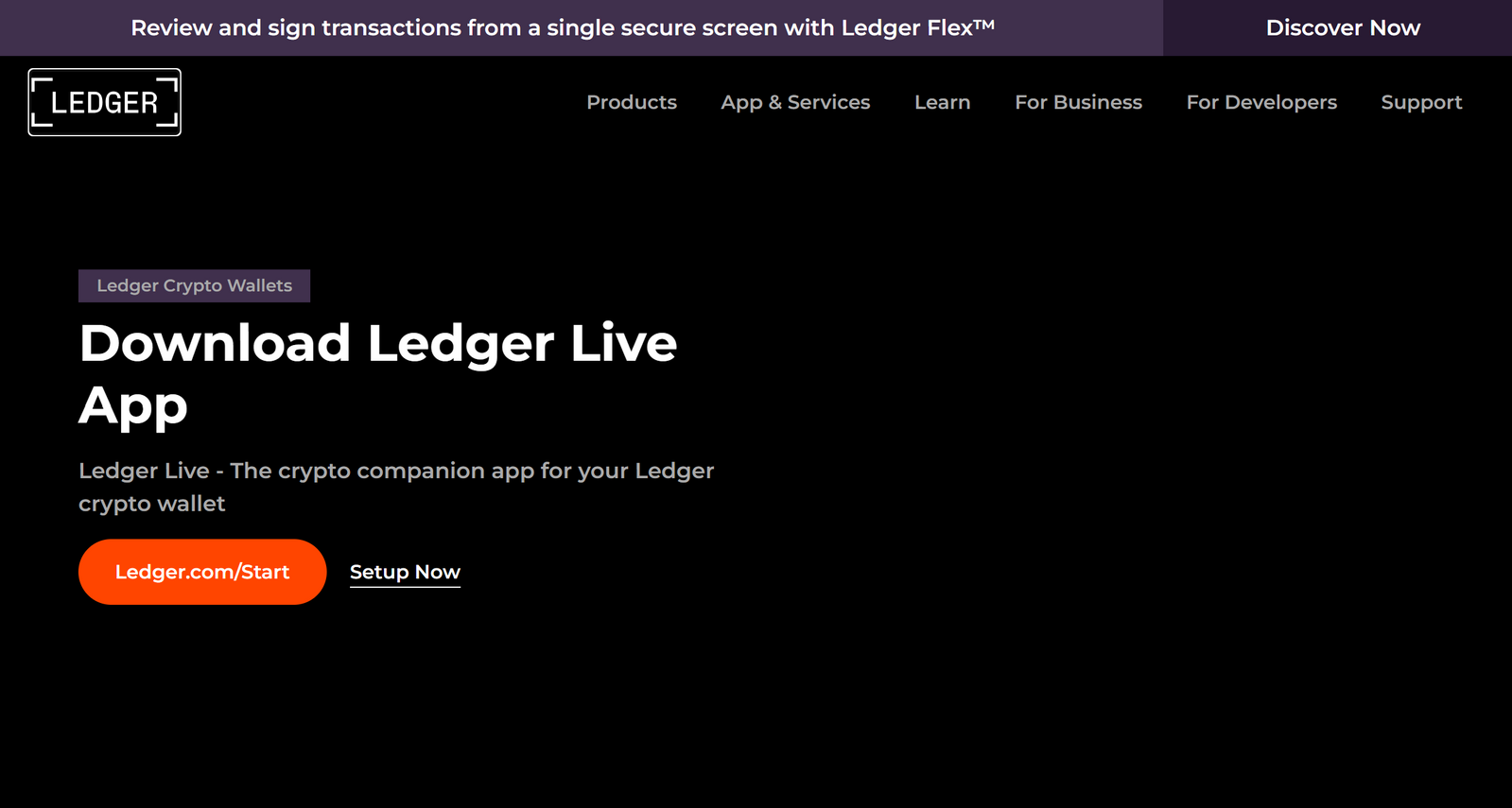1. What is the Secure Element inside Ledger wallets?
Ledger devices use a CC EAL5+ certified secure element chip, the same class of hardware security used in passports and banking cards. It is designed to:
-
Store cryptographic secrets (private keys, PIN, passphrase-derived keys).
-
Isolate signing operations from your computer or smartphone.
-
Prevent side-channel and physical extraction attacks.
Unlike standard microcontrollers used in some open-source wallets, the secure element in Ledger adds physical resistance against fault injection, power analysis, and voltage glitching attacks.
2. How does Ledger Live communicate with the Ledger device?
Ledger Live communicates with the hardware wallet via USB or Bluetooth (Nano X only) using APDU commands (Application Protocol Data Units) that interact with individual apps installed on the device (e.g., Bitcoin, Ethereum).
The command pipeline includes:
-
Initiating secure channels
-
Transmitting transaction data (for signing)
-
Verifying output hashes on-device
-
Confirming signatures using elliptic curve cryptography (e.g., secp256k1)
All cryptographic operations are confined to the secure element, with only signed messages being sent back to Ledger Live.
3. What are apps on Ledger devices, and why do I need them?
Each cryptocurrency supported by Ledger (e.g., Bitcoin, Ethereum, Solana) has its own dedicated app that must be installed on the device using Ledger Live. These apps:
-
Interpret blockchain-specific transaction formats
-
Contain necessary cryptographic primitives
-
Interface with Ledger Live and dApps
For example, the Ethereum app supports ERC-20 token transactions and smart contract interactions, while the Solana app integrates with third-party wallets like Phantom or Solflare.
Device memory is limited, so users may need to uninstall and reinstall apps when switching chains (without losing funds).
4. Can I use Ledger with MetaMask or other wallets?
Yes. Ledger can be used with:
-
MetaMask (for Ethereum and EVM chains)
-
Keplr (Cosmos ecosystem)
-
Solflare (Solana)
-
Electrum (Bitcoin)
-
Many others
When connected, the hardware wallet becomes the signing authority. MetaMask, for example, acts only as the transaction builder — all private key operations (signing, approving smart contract calls) occur inside the Ledger device.
Ledger’s device-screen confirmation adds a physical layer of protection, reducing the chance of remote compromise.
5. What if my Ledger device is lost or damaged?
If you lose or destroy your Ledger device, you can restore access to your crypto using:
-
A new Ledger device
-
Any BIP-39 compatible wallet, like Trezor or Keystone
You will need your original 24-word recovery phrase to regenerate your private keys and access your accounts.
Ledger.com/start provides recovery instructions during setup for new devices. You must never share your recovery phrase, and you should avoid typing it into a computer unless using a secure, air-gapped method.
6. Does Ledger support passphrase-protected wallets (hidden wallets)?
Yes. Ledger supports passphrases as an optional 25th word added to your recovery phrase. This allows you to create hidden wallets that only appear when the correct passphrase is entered.
-
The passphrase is never stored on the device.
-
You must re-enter it manually each time you want to access the hidden wallet.
-
Each unique passphrase generates a new wallet instance.
This feature is useful for plausible deniability and multi-wallet setups but must be used carefully, as forgotten passphrases are unrecoverable.
7. Is it safe to use Ledger Live on a computer infected with malware?
While Ledger devices can still protect your private keys even on infected systems (thanks to the secure element), it is not recommended to set up or use Ledger Live on compromised machines.
Malware can:
-
Redirect funds by altering destination addresses before you approve them
-
Perform clipboard hijacking
-
Launch phishing overlays mimicking Ledger Live
Always verify addresses on the Ledger device screen before approving any transaction. That screen is considered the single source of truth.
8. How often should I update Ledger firmware?
You should keep your Ledger firmware updated regularly. Firmware updates include:
-
Security patches
-
New cryptographic standards
-
Support for additional chains or protocols
-
UI/UX enhancements on the device screen
Ledger Live will notify you when updates are available. Always verify firmware authenticity through Ledger Live, and never install firmware from unofficial sources.
🔐 Conclusion
Ledger.com/start is your trusted entry point for setting up a secure, cryptographically sound hardware wallet experience. It ensures the installation of the correct tools, firmware, and protocols required for long-term crypto asset protection.
When used correctly, Ledger devices offer one of the highest levels of consumer-grade blockchain security on the market.
